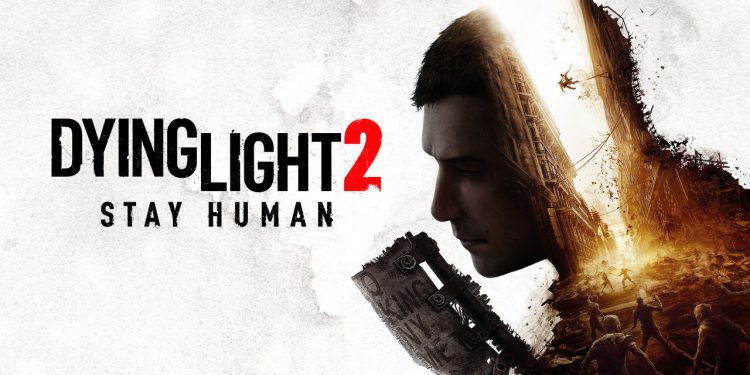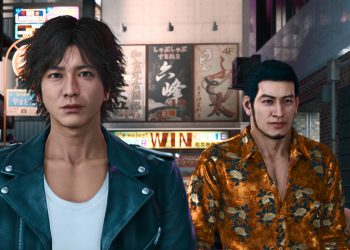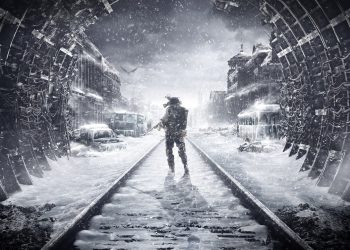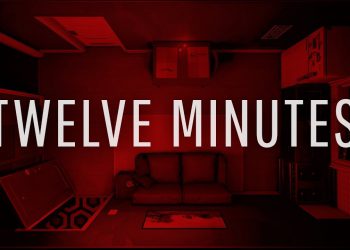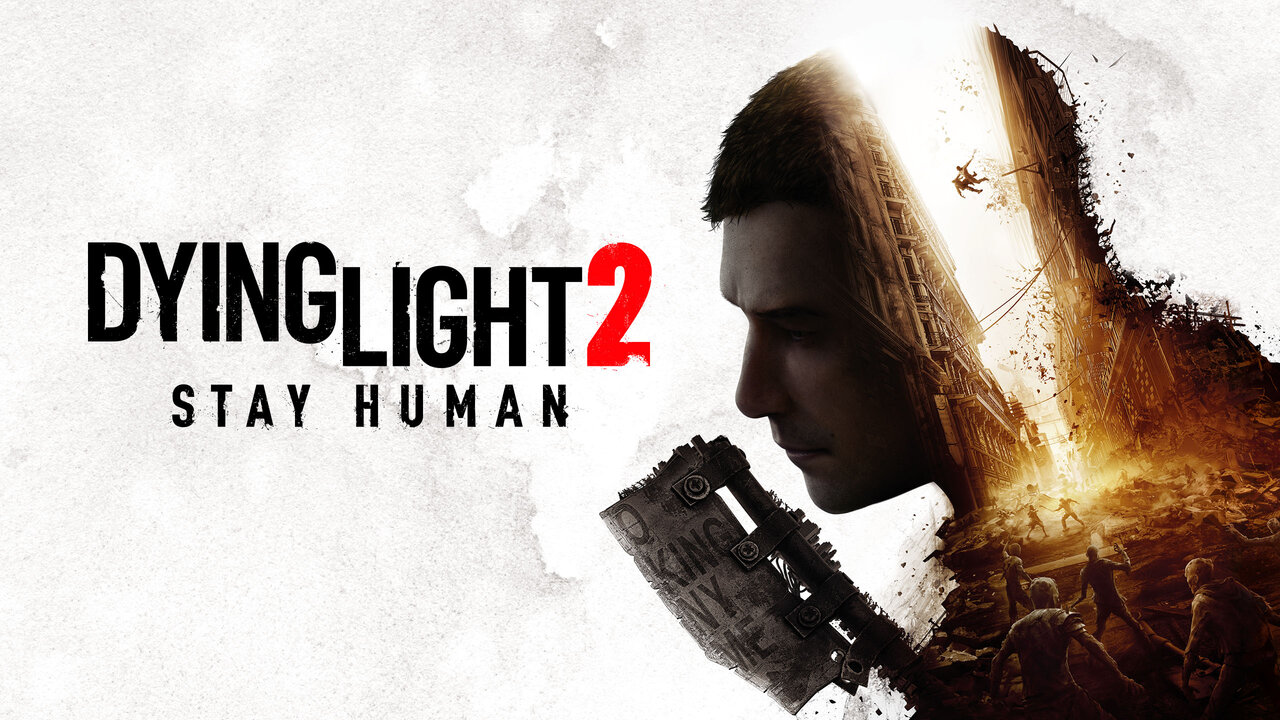
When Dying Light was initially released in early 2022, it wasn’t met using the warmest reception. It had been a pleasurable zombie adventure, largely because of its unique parkour system, but that was virtually the only thing the game had going for it at launch. The game originates a surprisingly long distance since its launch though, and the original Dying Light became one of the very most beloved zombie games in recent memory through person to person and extremely dedicated post-launch support. It may not appear to be that much the years have passed because the first game was launched, but it’s been Many years since the game shipped and updates have still been dropping even just in the times leading up to the sequel’s release.
To put that in perspective, when Dying Light launched, the first episode of Life is Strange was days from release, the world had not yet seen the kind of Bloodborne, The Witcher 3, or Metal Gear Solid V, and Bethesda was months from hosting its first-ever E3 conference. The thing is, Dying Light 2 is releasing right into a wholly different industry than its predecessor, also it needs to do more than slap an enjoyable parkour system onto an average zombie game. The stakes are understandably high for that sequel, and Dying Light 2 has a lot to live as much as.
Techland’s ambitious promises prior to release have only added to the hype, even though Dying Light 2 doesn’t quite match the commitment of a living, breathing city where every single decision can transform the course of the storyline, it’s still an incredibly well-made sequel that delivers on practically every front. After spending a large number of hours across two playthroughs sprinting with the streets (and across the rooftops) of Dying Light 2’s Villedor, it’s clear that Techland’s vision for this ambitious sequel mostly stuck the landing.
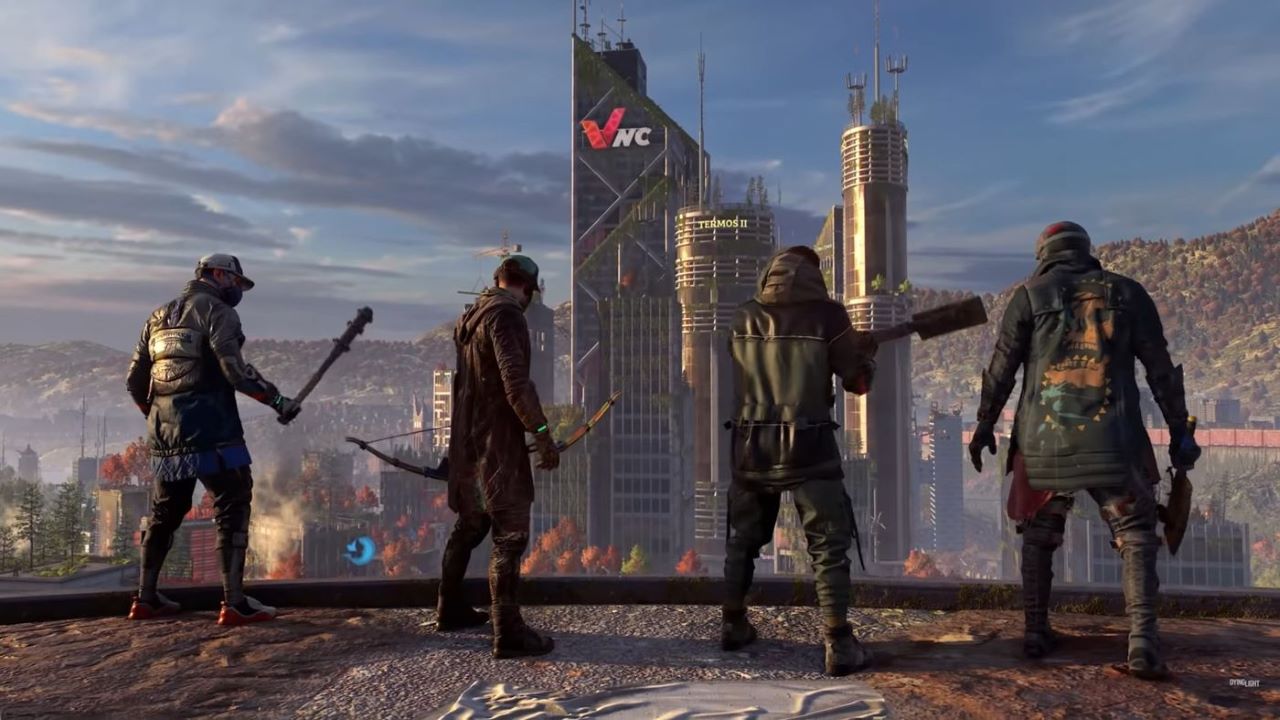
The Perfect Concrete Jungle Gym
Even though there’s a huge number two connected to the title, Dying Light 2 is really a standalone story occur a completely different location compared to first game. There are very minor references towards the first game that eagle-eyed fans will catch, however, you will go into farmville totally blind and still have a great time. Dying Light 2 happens a long time following the first game too, and also the virus has progressed to the point where there are very few populated cities remaining at all. You play as Aiden, who involves the town of Villedor in search of his missing sister. Aiden is really a Pilgrim, a sort of messenger that travels between the few remaining settlements to deliver goods and messages. Because of his status as a Pilgrim, he's an outsider to the citizens of Villedor and must slowly gain their trust whilst working through their own personal story, making decisions that will shape the city’s future along the way.
As you’d expect, the parkour is the shining star of Dying Light 2. The traversal within the first game had been great, but the sequel improves upon it in every way. Aiden feels a little lighter than Crane did within the first game, so you can reach ledges and cross gaps effortlessly. There’s a parkour-centric skill tree that unlocks new abilities like wall-running, a super satisfying long jump that lets you boost off of ledges, plus much more. Once you have several parkour skills beneath your belt, you actually start to feel like you’re flying through the city.
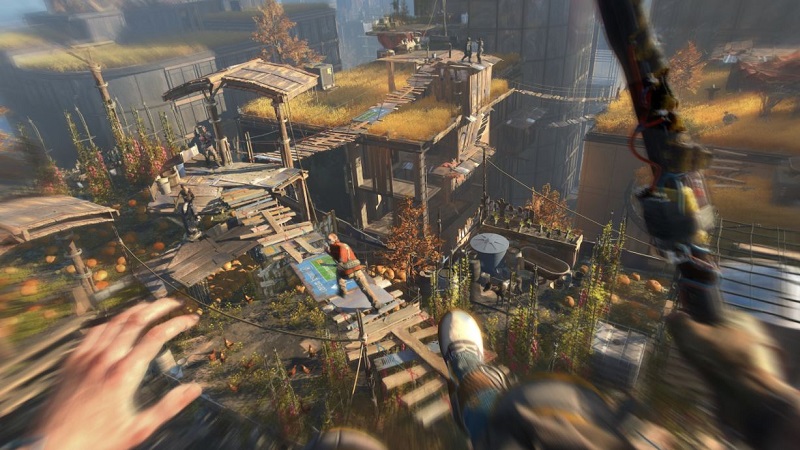
There are several additional tools available now too, namely a paraglider and a grappling hook. Both begin fairly underwhelming, however with upgrades, they become integral to traversal. The paraglider can eventually boost that will help you maintain altitude, and the grappling hook can be attached to basically any point on any surface, enabling you to freely swing around the city. When upgraded, the grappling hook even lets you pull yourself forward while using rope, which basically enables you to swing through the city like Spider-Man. It’s very easy to enter a flow state when you’re using all your tools in a single long parkour combo. Jumping off of a roof, using the paraglider to achieve a lesser ledge, wall-running on a skyscraper, and then while using grappling hook to drag yourself into a window, there really aren’t any places you can’t reach in Dying Light 2.
That’s mostly because of the outstanding world design. Creating linear parkour paths is difficult enough, but designing an entire city with two huge districts and making every single possible route flow together naturally is no easy task. There’s always something a platform just within jumping distance, a ledge just within your arm’s reach. Buildings interiors feel perfectly placed, cars (that are safe landing spots from the height) are parked in just the right spots. Every block of Villedor feels handcrafted just like a perfect concrete jungle gym.
A Populated Post-Apocalyptic Playground
A massive world is nothing without activities to fill it, however, and Dying Light 2’s city always has something going on. Random encounters can happen all around the city, which range from saving wounded survivors to taking out bandits to battling special infected. The rewards of these always feel worthwhile, usually leading you to a chest having a weapon or gear piece. Windmills are scattered all over Villedor and supply power to local settlements, unlocking new vendors and, more to the point, new side quests. Water towers and electrical substations, with the former being parkour challenges and the latter being puzzle rooms, can be assigned to 1 of 2 factions to be able to improve their charge of the town.
Dark hollows and abandoned stores are full of gear and valuables, however your only chance of surviving them reaches nighttime, that is another fantastic change made in this sequel. Both daytime and nighttime excursions have their own benefits and activities. Infected are asleep inside dark buildings throughout the day, making the streets far better to traverse, but you can’t get inside any buildings to loot resources or gear. If you hold back until nightfall, you will get inside and face fewer infected foes, but you’ll need to keep to the rooftops and steer clear of the now crowded streets to obtain there.

There’s a new chase system, that is basically a wanted level, that begins when you’re spotted by a new special infected class called a Howler. To end a chase, you have to either get a long way away enough from the infected or reach a secure zone with UV lights. You’re limited by a timer during the night that decreases when you’re in the dark, but it lasts a few minutes and could be fully restored with items or by entering into UV light for a small amount of time. Many of these nighttime changes result in the day/night cycle matter a lot more in Dying Light 2, and there’s no more a reason to rest until morning each time it gets dark. It’s an engaging risk/reward mechanic that actually encourages nighttime play.
The game’s audio design also plays a large part in making Villedor an enjoyable spot to explore. During the day, there’s great music that swells up as you need to do more parkour, and you can hear distant survivors cleaning infected or fighting with bandits. Things really get intense when the sun goes down though. Nighttime is permeated using the shrieks of faraway infected and also the screams of survivors making their last stand. It’s genuinely harrowing sometimes, and it really sells the concept that nighttime is not the best time to become on an outing.
Fight to Survive
Audio also makes combat feel much more visceral. Techland has removed guns from this sequel entirely, so it’s just melee weapons and bows now. The crack of a bat against a bandit’s skull, the clang of the metal pipe blocking a machete strike, every attack feels and seems like it's actual weight behind it. Aiden is also very vocal during combat encounters, grunting and yelling with every swing and huffing and puffing when he’s have less stamina. The enemies do the same, although it’s a little touch, it goes quite a distance in making fights feel like life or death duels between a person.
Combat is much more than just swinging sticks around though. Parkour plays a sizable role in fights, and it can be the difference between life or death in some situations. Among the first actions you unlock allows you to vault over stunned enemies to kick one of their allies, and you may unlock other parkour attacks like dropkicks and excellent dodges as you level up. Enemies will regularly block standard attacks too, forcing you to mix things up to land consecutive hits. The game gives you a lot flexibility when it comes to combat encounters, and that’s very appreciated.
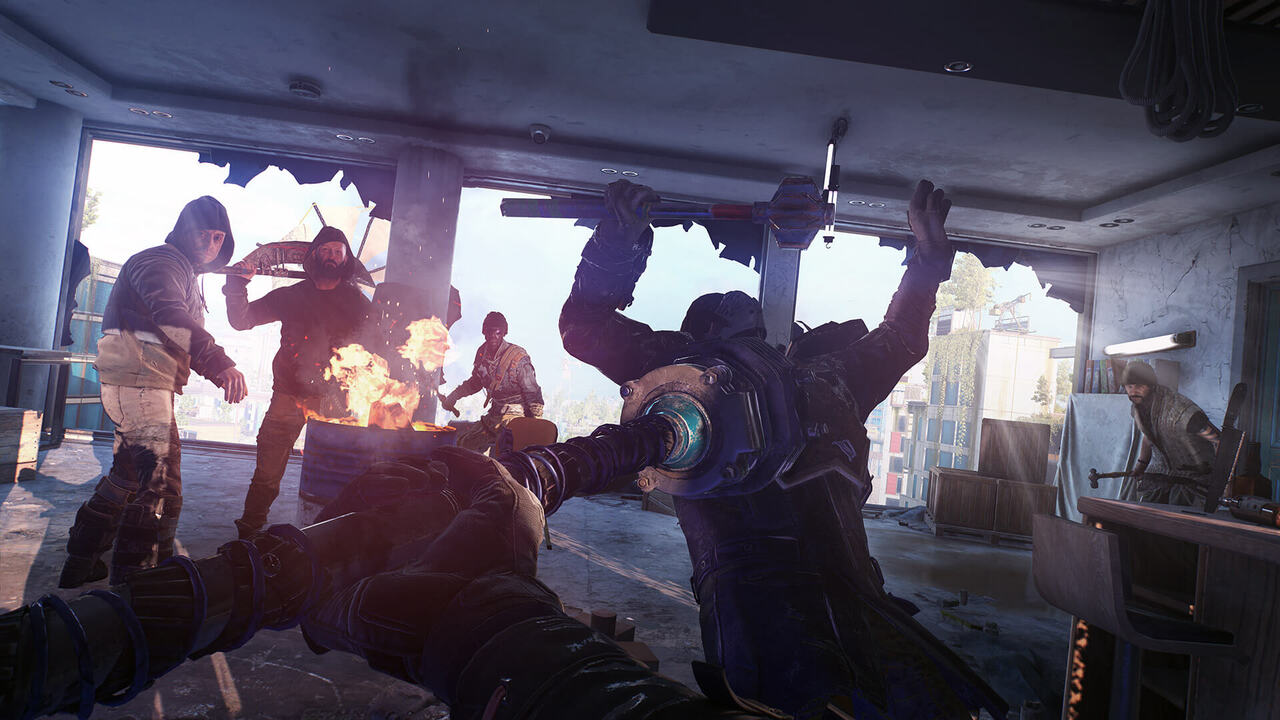
Wrestle for Control
One from the major selling points of Dying Light 2 may be the city control system, which adjusts Villedor’s overall faction alignment based on which facilities you assign that faction. There are just two factions in Dying Light 2, and every is actually the polar opposite of another. There are the Peacekeepers, a militaristic faction that values security and order above all, even when which comes at the expense of private freedoms. In opposition to them are the Survivors, which are, well, everyone else. The Survivors value freedom and community, hoping that the people of Villedor can put aside their differences and ensure all of us have what they desire to outlive.
If among those sounds like the obvious choice within the other, then you’d be right. The main problem with the dual faction dynamic in Dying Light 2 is that the Peacekeepers just aren’t as appealing because the Survivors. The first Peacekeeper grunts you deal with aren’t probably the most likable individuals the planet, and even though the higher-ups you interact with later in the story really are a bit more charismatic, it’s still difficult to shake the first impression their ideology makes. They’re not as comically evil as, say, Caesar’s Legion from Fallout: New Vegas, a faction by having an ideology that nobody legitimately supported unless these were a fascist or simply delusional, but it’s still hard to begin to see the Peacekeepers as the faction that’s said to be “unhealthy guys.”
That’s not to say the Peacekeepers don’t have interesting or sympathetic characters within their ranks or that the Survivors don’t come with their own share of problems, however it seems like the game really leans toward you running with the Survivors for the real run and then just messing around using the Peacekeepers on a repeat playthrough.
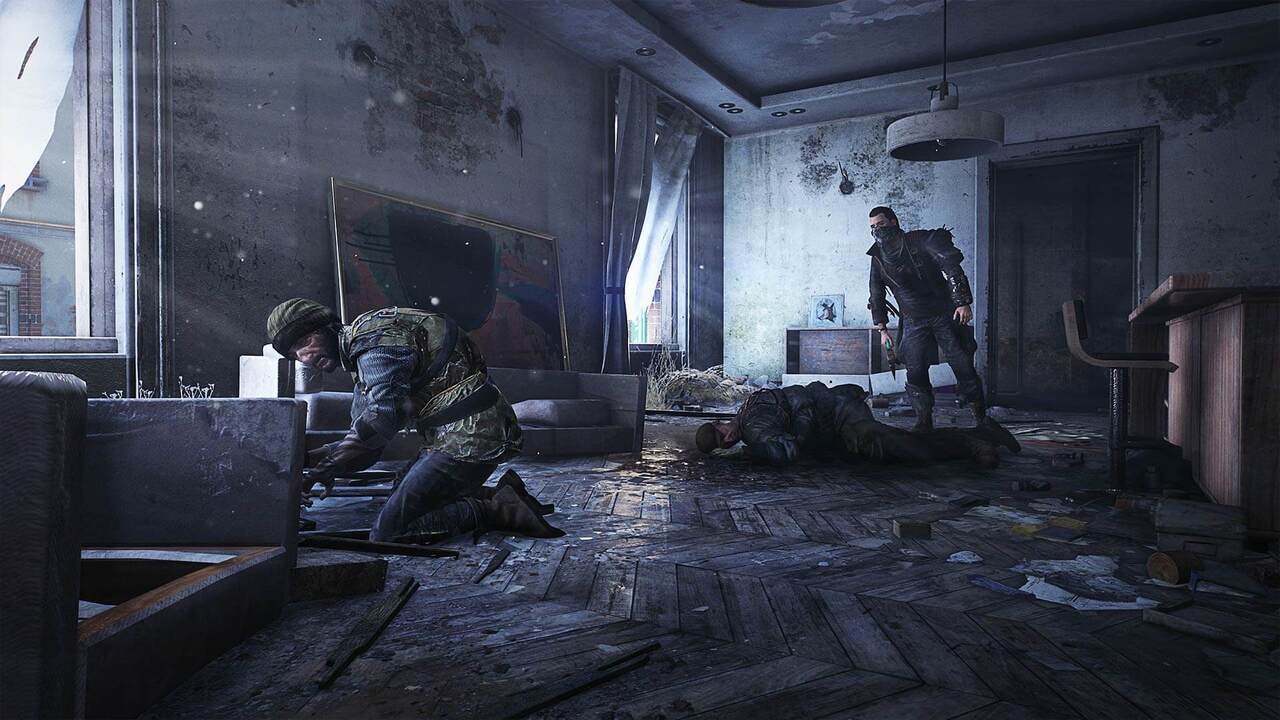
Outside of the narrative issues with the factions, the gameplay side of things also didn’t pan out everything well. Each faction has a skill line that you progress through by assigning facilities for them, so an option that needs to be a significant narrative decision (who gets control of of a district) winds up being reduced purely to “which reward will i want next.” The sport is heavily biased toward the Survivors within this aspect too, since they will set incredibly useful parkour assists like trampolines and zip lines around town. The only cool thing the Peacekeepers really have is really a crossbow. The gameplay rewards must have been given out depending on how many facilities you’ve unlocked as a whole, this way you'd base your decision which faction is the best for the city overall.
With how much the faction and city control system was over hyped prior to launch, the current implementation in Dying Light 2 feels half-baked. Most players won’t think about this that much outside of the rewards, as the majority of the major faction decisions come with the main story anyway. This system could have been a lot more engaging whether it was more dynamic, perhaps with each faction retaking each other’s zones as with Saints Row. It’s a fascinating foundation, but in its current state, it’s underwhelming.
Shape Your Story
Thankfully, the faction dynamic works much better within the game’s main narrative. Dying Light 2’s overall plot is not quite interesting. Aiden involves Villedor trying to find his sister, but Aiden’s mission to find his sister is easily the weakest part of the story. Dying Light 2’s story reaches its best when it’s either letting you make serious decisions or allowing you to spend some quiet time with the supporting cast.
Choices were heralded as one of the major additional features of Dying Light 2, with players supposedly having the ability to shape the city in many different ways. As the choices aren’t as in-depth because the marketing maybe have you believe, the narrative can branch pretty heavily, leading to different quest lines, locales, and characters. The game pauses and gives you a timer when you’re given a decision that will have consequences, but normal dialogue options can continue to result in different quest paths, specifically in side quests.
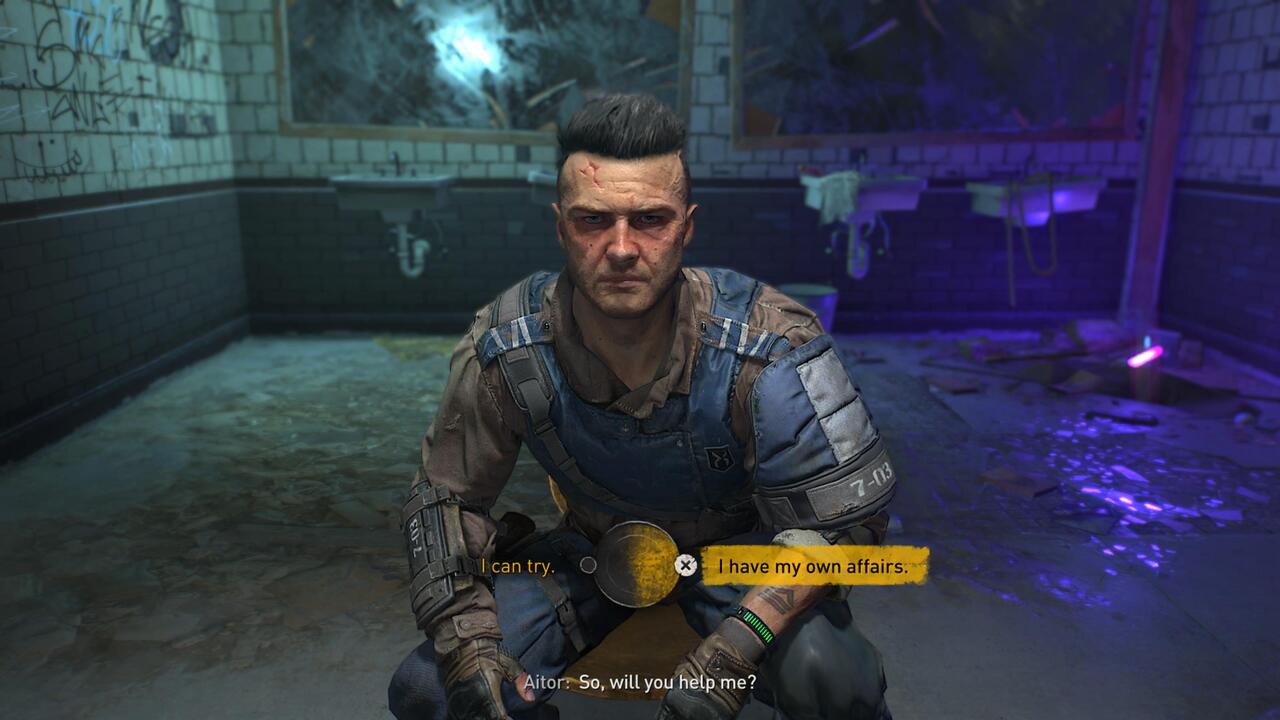
The big decisions have equally large consequences, and you’ll usually be locked out of something or cause a major character death by going one of the ways or the other. You may want to go with the Survivors for one decision, for example, however the Peacekeepers have better resources and may be also a good choice. As these decisions are made independent of the city control system, you are able to choose purely based on what you feel is right. This can lead to some uneasy alliances with characters you may have never caused otherwise, and it’s unlikely that most players can make the same overall decisions throughout a playthrough since everyone will likely have different assumes certain characters and plans.
Ironically, side quests feel like they give a lot more control towards the player compared to main story. The primary story is very linear before you reach a predetermined branching point, but in most side quests, your normal dialogue options can dramatically modify the outcomes. All side quests are self-contained too, becoming bite-sized stories that flesh out Villedor and give you an excellent sense of agency within the narrative. The side quests range from short comedic tales to fake kidnappings to trade deals gone wrong. There’s a lot of variety and you never fully realize if you’re getting a shockingly heartfelt side story or perhaps a fun little adventure.
At no more the day, though, Dying Light 2 is carried by its characters. Aiden is likable, if your bit unremarkable, but it’s those he spends time at with this are the highlight from the game. Lawan in particular, portrayed by Rosario Dawson, is the heart from the story, and she steals pretty much every scene she’s in. Characters like Hakon and Frank are easy favorites too, equally ideal for comic relief and tugging in the heartstrings, and on the Peacekeeper aspect, you have characters like the proud but composed Jack Matt.
The scenes and decisions involving these characters are infinitely more compelling compared to overarching Peacekeepers vs. Survivors power struggle. Do you forsake your individual mission to save a friend’s life? Would you forgive someone, even when they’ve seriously wronged you? If the possibility of a liar arises, that do you trust? It’s not just the big decisions like the ones that matter, but the smaller, more personal ones, like choosing the best strategy to take when comforting a friend in a time of need. Despite a blank slate protagonist and a so-so antagonist, Dying Light 2’s character moments are surprisingly affecting.
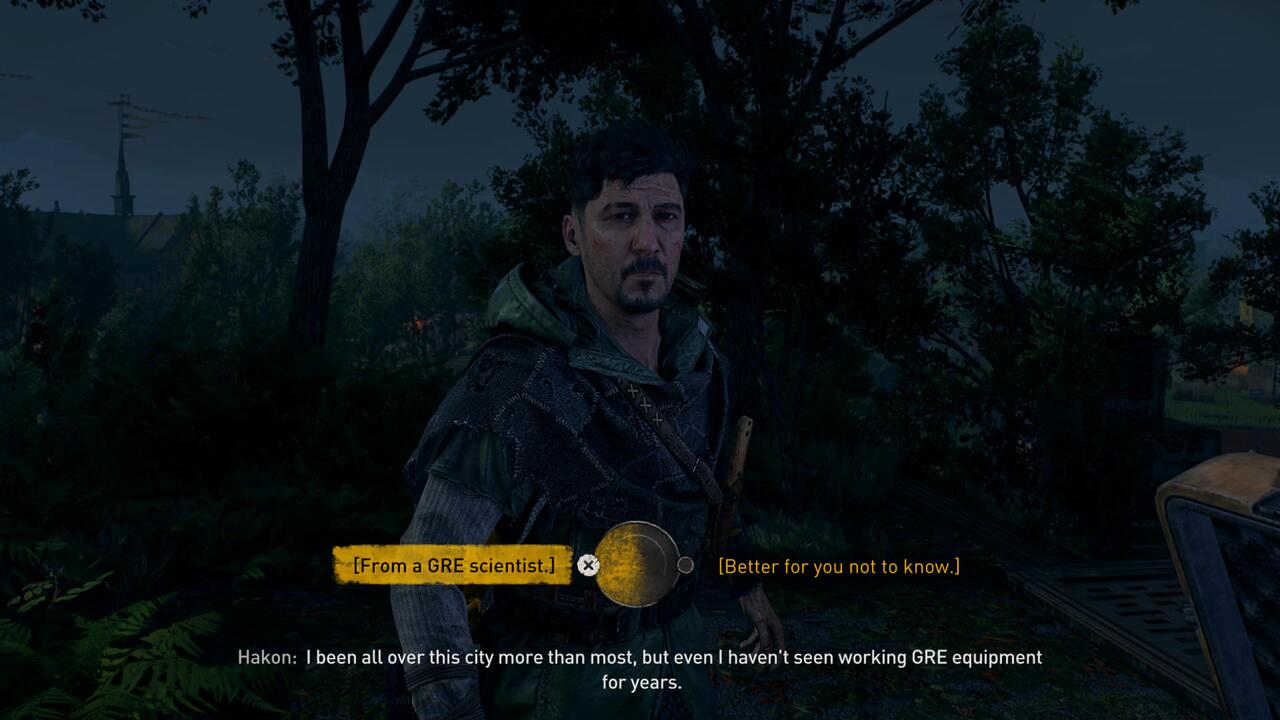
That’s largely due to the performances of everyone involved. Aiden’s personality isn’t all that intriguing, but his voice actor nailed his performance. It’s the little things, like Aiden muttering “that was cool” to himself after landing a tricky jump or surprising a friend with a tongue-in-cheek remark over the radio. The game’s performances really elevate what can be average writing, plus they help the good characters stand out much more. Facial animations could have used some work, especially since the game never breaks from the first-person perspective so you’re always close to people’s faces, but they’re adequate and also the voice acting helps you to cover that stuff up.
Looking Forward
What is most enjoyable about Dying Light 2, however, may be the promise of what’s coming next. Techland has committed to 5 years of post-launch support, even though we’ll observe how far that support winds up going, the first Dying Light establishes a promising blueprint. When compared with its launch version, the original Dying Light is really a much, much better game today. Knowing Dying Light 2 will get that same treatment is exciting.
The Verdict
Dying Light 2 is a bigger and bolder sequel that improves upon the initial in each and every way. Not only does it get one of the very most enjoyable traversal systems in any game ever, it provides players with interesting characters and quests to interrupt up all of the running. The faction product is disappointing in the current iteration, but it creates a solid foundation that can absolutely be built upon. Many people were expecting top-notch gameplay from the Dying Light sequel, but the story and characters became pleasant surprises. With regards to open-world zombie games, it’s hard to do better than Dying Light 2.


